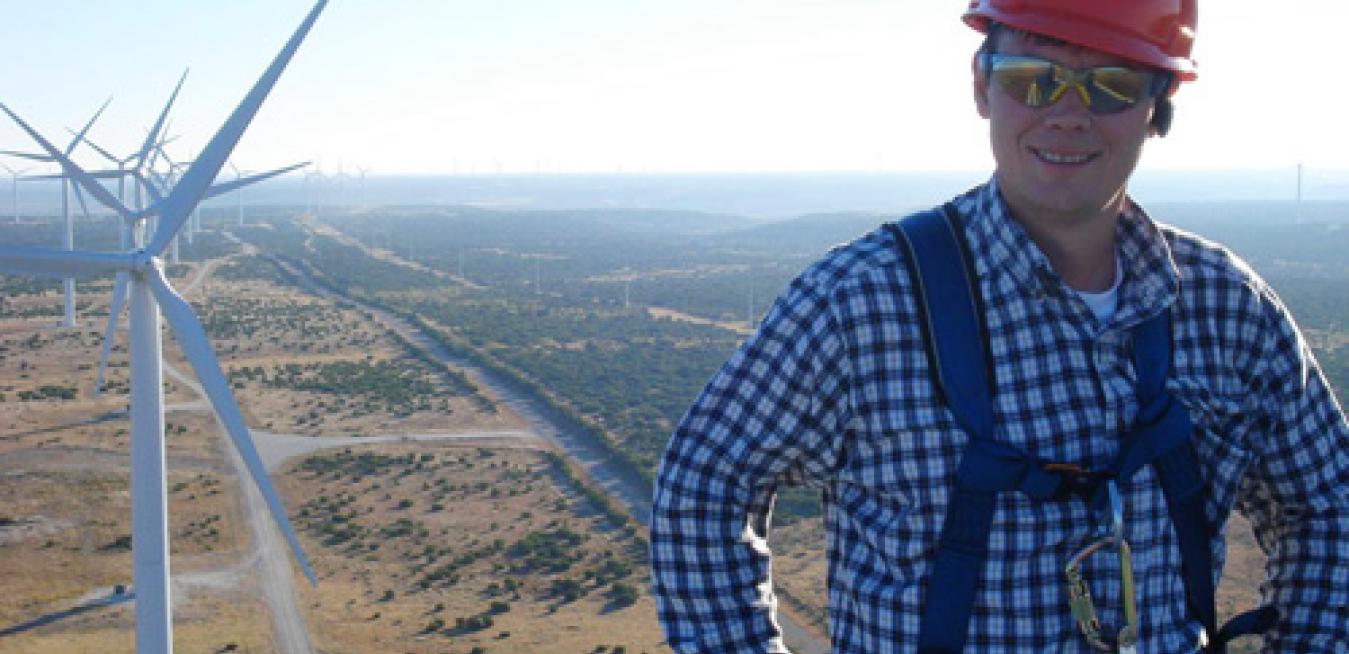Doctors know the power of data in making a good diagnosis. Each patient seems unique, but treat many and patterns will emerge. What works for humans is true for technology, too. Take wind turbines. Weather battered and wind blasted, they are easy to run but much harder to fix. But what if you could tell from the comfort of an office before things go awry? Engineers at GE Energy decided to find out. “We were looking for clues that a turbine is sick,” says John Mihok, advanced monitoring and diagnostics engineer at GE Energy.
The Doctor Will See You Now: New GE system uses data from 12,000 turbines to spot trouble before it happens.
Mihok’s quest started in 2009, after a blade shifted at a U.S. wind farm. “During the investigation we analyzed the data for what might have caused it,” Mihok says. “We realized that there was a very clear data signature for what the issue was.”
The team then searched and sifted a pool of turbine data. They looked for patterns, first in Excel spreadsheets and then in an online database. “We found other turbines with the exact same data signature for the exact same problem,” Mihok says. “We took them off-line, did a quick repair, and got them back going again.”
The engineers then widened their net. They built proprietary software and algorithms to spot odd vibrations, hot bearings, low power production and other anomalies. “We mine the data for features that let us know that there is a sick turbine out there,” Mihok says. GE knows the game. For many years it’s been remotely monitoring jet engines, helicopters, locomotives, and rotating oil and gas equipment.
Sensors inside each turbine perform an automatic check-up every 10 minutes. They send the information to a central database, which holds gigabytes of data from 12,000 turbines around the world. Some 150 unique rules and algorithms then analyze it and the system automatically sends out an alert when an anomaly is detected. The alert includes specific information about the problem, what needs to be corrected, and how soon to react. It travels to a field technician who will fix it to avoid failure.
GE has built more than half the wind turbines in the U.S. The company estimates that the system that the GE Energy team developed, called PulsePOINT, has saved over $30 million in avoided repairs, lost production, and maintenance costs.





